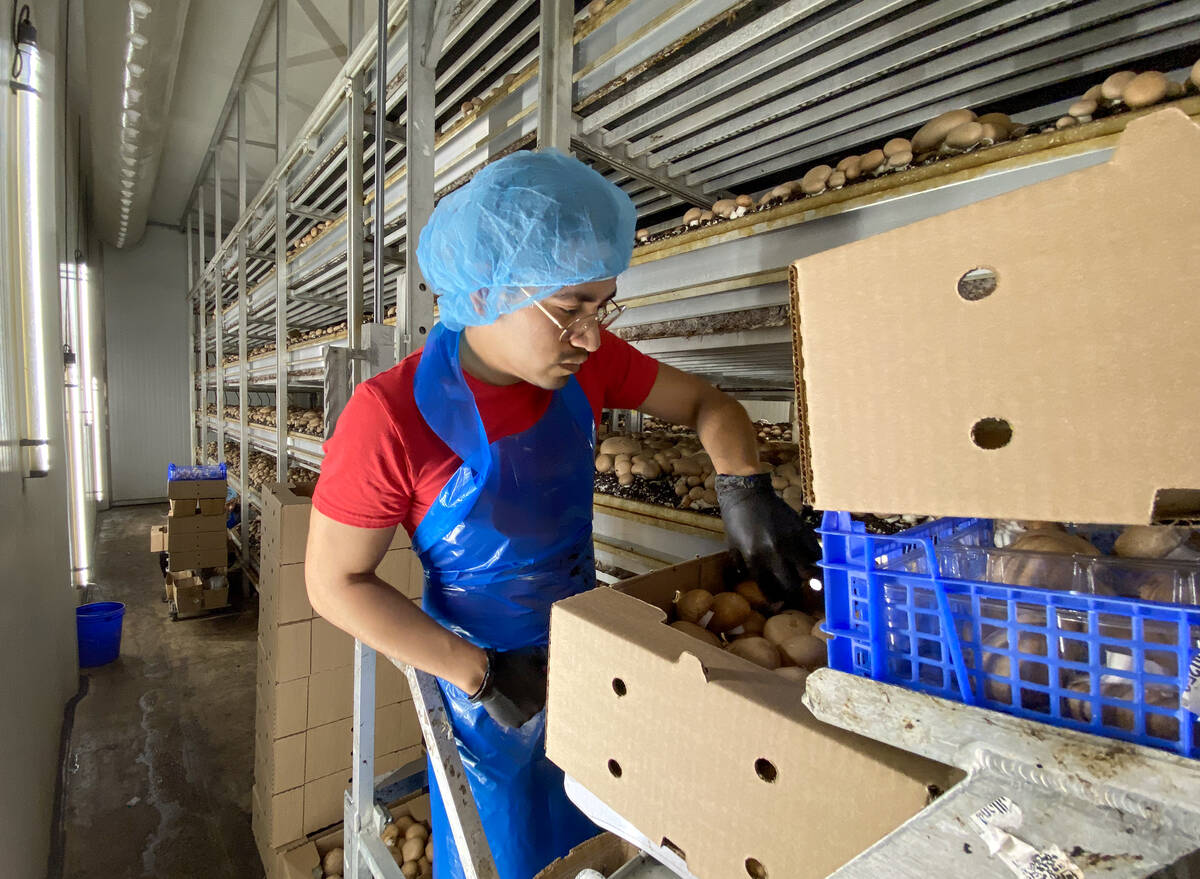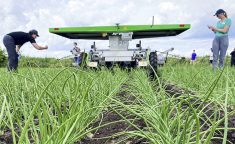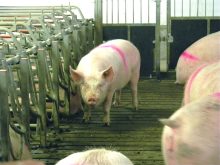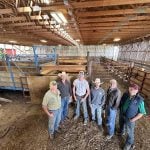Canada’s dairy sector will begin reporting all cattle movements to the national database DairyTrace starting Oct. 5, but administrators say the impact on day-to-day management should be minimal.
What is DairyTrace?
The database-to-be is described as a single, common framework for dairy farmers to track animal identity and movements. It’s a copy of a pre-existing provincial system long employed by Quebec’s dairy sector, and replaces the Canadian Cattle Identification Agency (CCIA) as the end holder of dairy cattle movement data – though the agency will continue in its current role in the beef sector. Quebec producers will still report to their provincial program, but the data will be shared with its larger national counterpart.
Read Also

Ontario’s other economic engine: agriculture and food
Ontario Federation of Agriculture president, Drew Spoelstra, says Ontario’s agriculture and agri-food sector should be recognized for its stability and economic driving force.
Why it matters: Various levels of quality assurance programs require traceability of animals, which will require some more work by farmers.
As described by a press release published by Dairy Farmers of Canada (DFC) and Lactanet – the organization responsible for managing DairyTrace – the new national framework is intended to promote information sharing and add value to research and genetics initiatives, while aligning with the traceability framework of DFC’s proAction program.
Transition to dairy-specific tagging system
Reporting can be completed via a toll-free phone line, website, or a mobile app available to farmers after creating a DairyTrace account, says Brian Van Doormaal, chief services officer for Lactanet. It is also possible to report through herd the management software DairyComp, which can be directly synced with the DairyTrace system. Beyond this reporting change, the impact on day-to-day operations should be minimal.
The central envisioned change, however, relates to tagging.
“Dual tagging is promoted in the dairy industry. That is what’s required and continues to be required,” says Van Doormaal. However, new white tags specific to the dairy sector will be the intended norm. These will be available in sets of 30 (at $3.25 per tag) from Holstein Canada – the organization from which farmers already order identification tags.
“DFC has allowed farmers to use yellow button tags sold by CCIA to identify calves born on the farm destined to leave for the meat sector early in life. Those have been allowable as an exemption to proAction. We’re not removing that,” says Van Doormaal.
“We’re not forcing a change but are encouraging farmers to transition to white tags so they are part of dairy traceability. We want every animal born on the dairy farm to be part of DT.”
Reporting, tag orders, and customer service will all be available through Holstein Canada. Van Doormaal says this was done in order to provide producers with a “one-stop shop” for all DairyTrace requirements.
Other impacts
DairyTrace is not intended to have an impact on other parts of the supply chain.
Because of the practical difficulties associated with separately recording identification tags at processing plants and assembly yards, Van Doormaal says records from that stage of supply can continue to be delivered to CCIA. CCIA will then segregate the data and send it to the DairyTrace system. He also reiterates DairyTrace will have no impact on the beef sector.
“We want to be responsible for our own dairy traceability system.”













